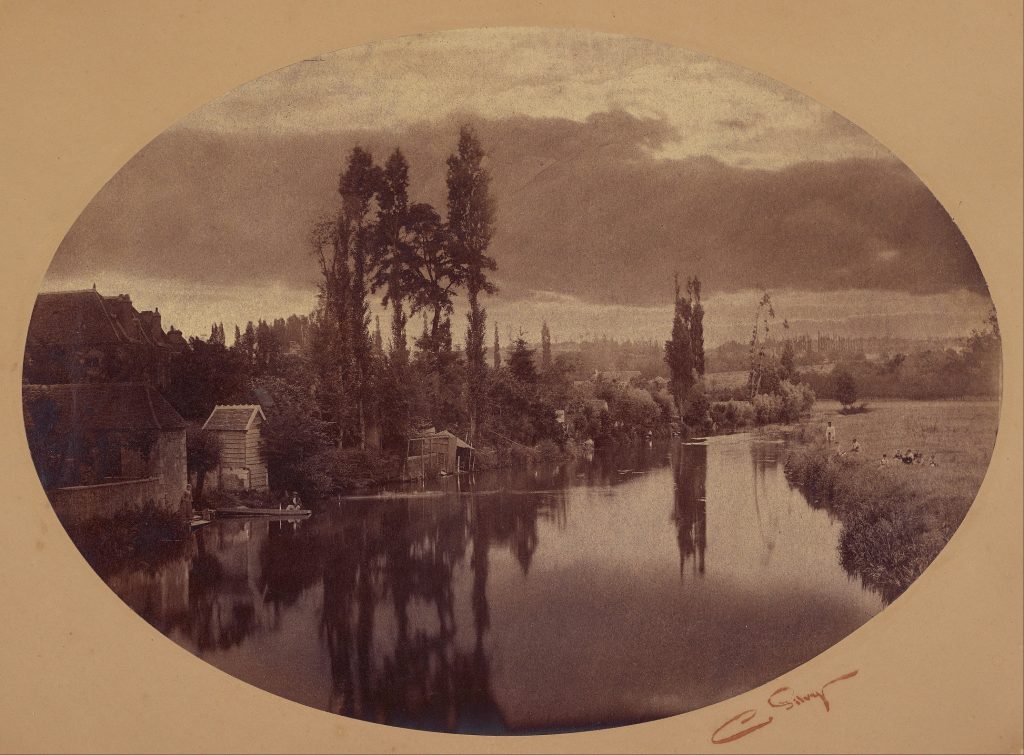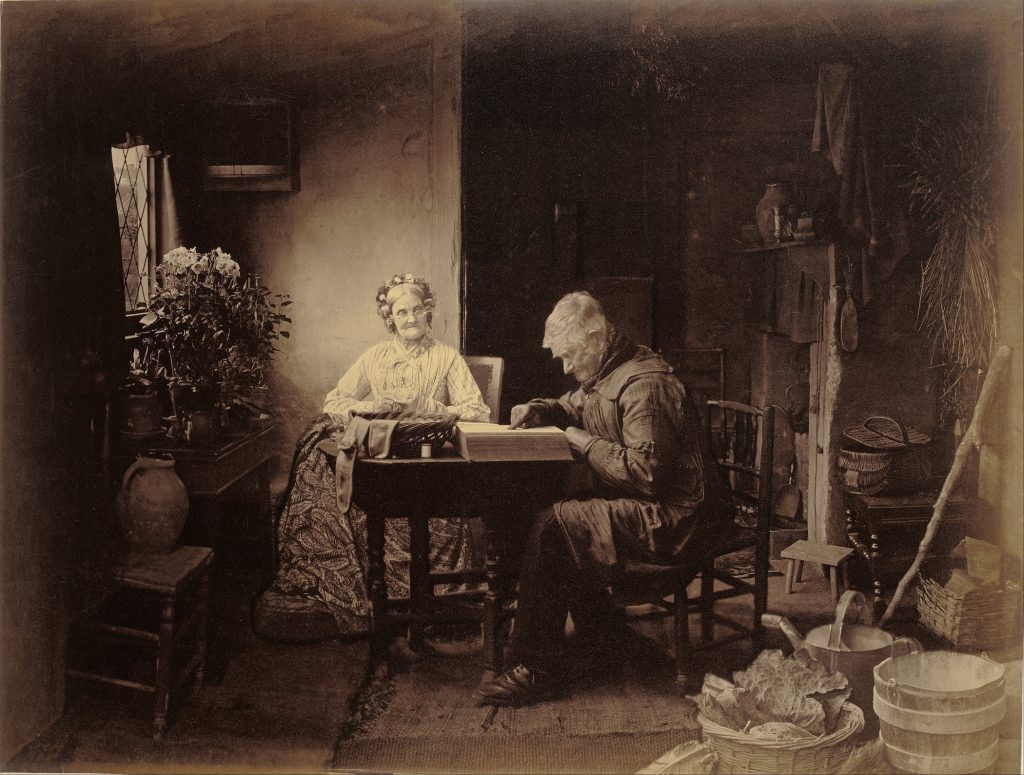Do you think that image editing is something photographers started doing in the 1990’s when Adobe first released their Photoshop image editing program? Well, I can tell you that this has been going on for more than 150 years. Early on photographers started experimenting with different techniques to make their artistic visions come true and also to overcome the technical restraints of the early cameras.
Many photographers today point to the iconic landscape photographer Ansel Adams when they talk about this. He was considered a true master of the darkroom, often using dodging and burning to darken and lighten parts of the image in order to lead the eye in the way he wanted. He lived and worked in the 20th century, when photography was already about a hundred years old. I want to go way further back.

In 1858, French photographer Camille Silvy used exposure bracketing to make this beautiful river scene. He took one exposure for the landscape and a darker exposure for the sky and combined them in the final print.
[showad block=2]
Another great example of a photographer who really mastered the darkroom was Henry Peach Robinson. He wrote in his book «Pictorial Effect in Photography» in 1869:
Any dodge, trick and conjuration of any kind is open to the photographer’s use… A great deal can be done and very beautiful pictures made, by a mixture of the real and the artificial in a picture.
Robertson was well known for combining several negatives into one final print. This one, When the day’s work is done (1877) is made from six different negatives.

Just as the practice of editing is very old, so is the debate about whether this is right or wrong. In the 19th century, painters often felt threatened by this new art form, so they would argue that photography was merely a tool to register reality, it had nothing to do with art. Also many photographers would say the same, and in time there would be different genres, and the different views would become more or less popular as times and fashions changed. This is a continuous and natural process that started in the middle of the 19th century and still goes on today. I don’t think it will ever come to an end.
[showad block=2]
If you have made it through all my three posts I will thank you for the company. Now grab your camera and get out and shoot. Afterwards you can process your images as much as you want, or not at all. And if you want to check out my work, you find me at my Clickasnap profile or my website.
Inspiration: Photography, the whole story
Happy shooting and editing!
Hans Petter Birkeland.
Read Part 2. Here